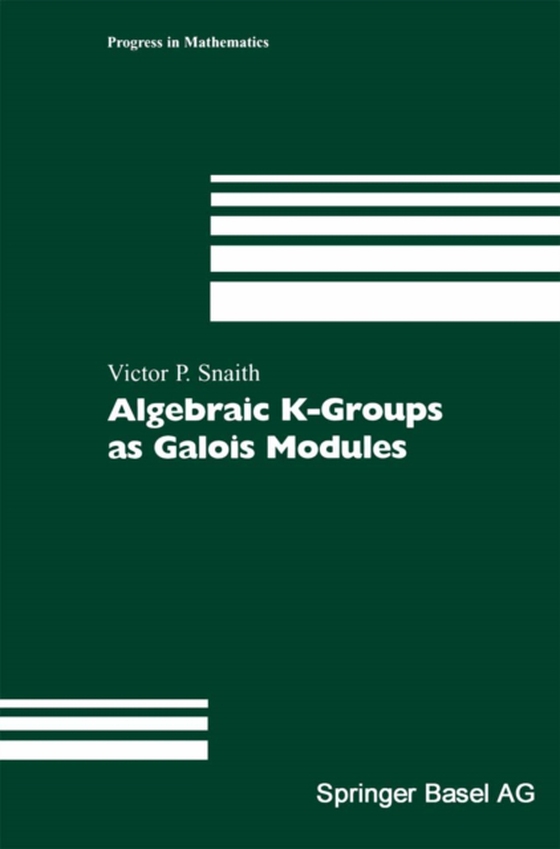
Algebraic K-Groups as Galois Modules e-bog
875,33 DKK
(inkl. moms 1094,16 DKK)
This volume began as the last part of a one-term graduate course given at the Fields Institute for Research in the Mathematical Sciences in the Autumn of 1993. The course was one of four associated with the 1993-94 Fields Institute programme, which I helped to organise, entitled "e;Artin L-functions"e;. Published as [132]' the final chapter of the course introduced a manner in which to ...
E-bog
875,33 DKK
Forlag
Birkhauser
Udgivet
6 december 2012
Genrer
PBH
Sprog
English
Format
pdf
Beskyttelse
LCP
ISBN
9783034882071
This volume began as the last part of a one-term graduate course given at the Fields Institute for Research in the Mathematical Sciences in the Autumn of 1993. The course was one of four associated with the 1993-94 Fields Institute programme, which I helped to organise, entitled "e;Artin L-functions"e;. Published as [132]' the final chapter of the course introduced a manner in which to construct class-group- valued invariants from Galois actions on the algebraic K-groups, in dimensions two and three, of number rings. These invariants were inspired by the analogous Chin- burg invariants of [34], which correspond to dimensions zero and one. The classical Chinburg invariants measure the Galois structure of classical objects such as units in rings of algebraic integers. However, at the "e;Galois Module Structure"e; workshop in February 1994, discussions about my invariant (0,1 (L/ K, 3) in the notation of Chapter 5) after my lecture revealed that a number of other higher-dimensional co- homological and motivic invariants of a similar nature were beginning to surface in the work of several authors. Encouraged by this trend and convinced that K-theory is the archetypical motivic cohomology theory, I gratefully took the opportunity of collaboration on computing and generalizing these K-theoretic invariants. These generalizations took several forms - local and global, for example - as I followed part of number theory and the prevalent trends in the "e;Galois Module Structure"e; arithmetic geometry.
 Dansk
Dansk

